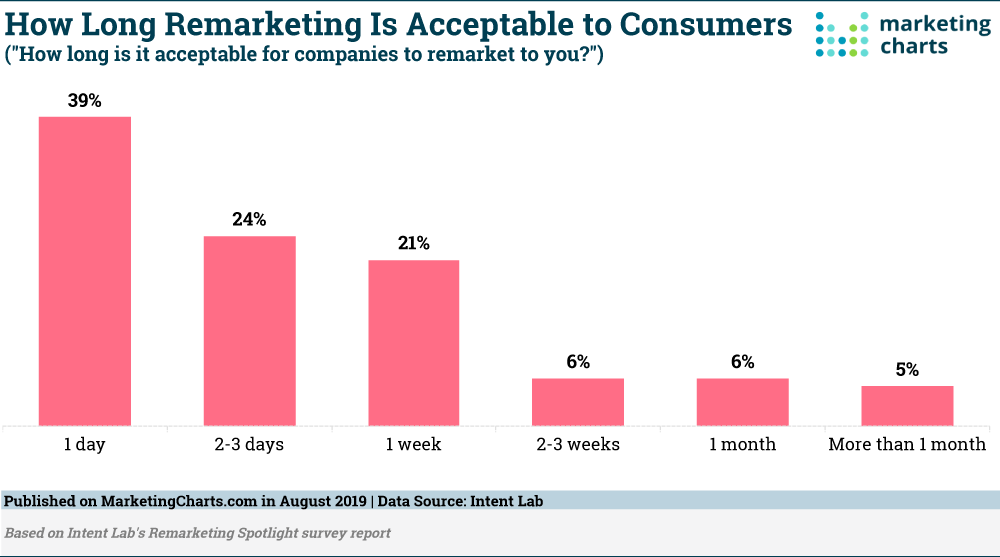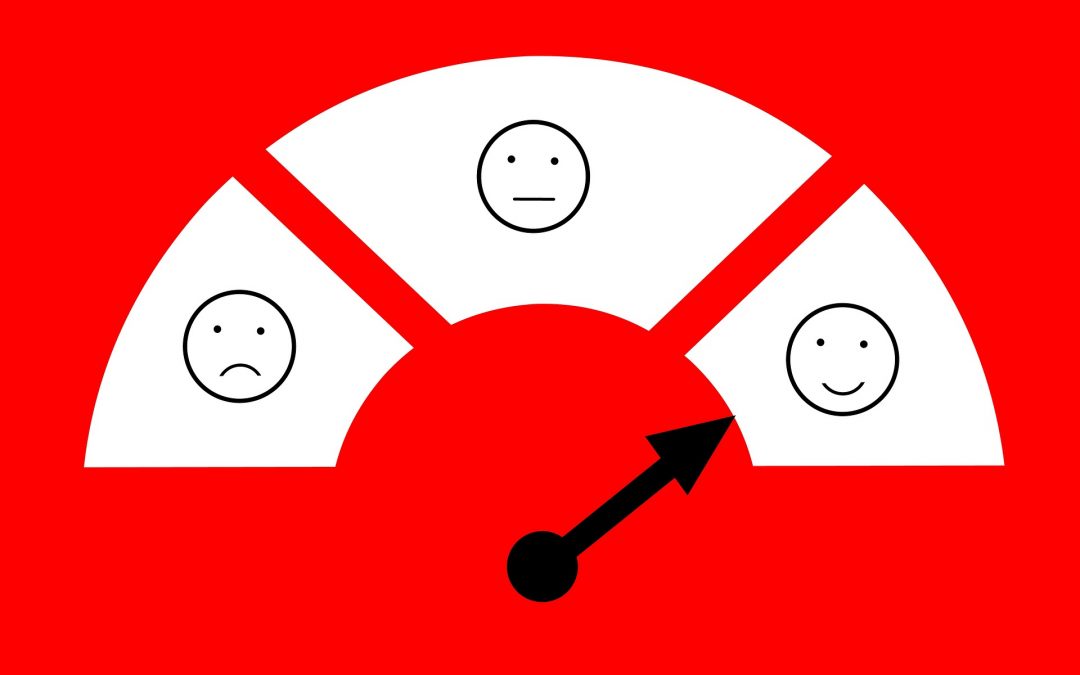
Getting Paid For Your Work
Recently a friend of mine who is in the advertising business was lamenting about how he has “challenges” getting his clients to pay him in a timely manner.
I rarely have this problem and I thought this would be a good topic for an article and podcast.
No matter what you do for a living, there is money involved. What I am about to share with you is how I work and will give you some insight on expectations I work with in my world, so if you and I ever work together, you’ll know how the money side all works. For those new to the idea of paid advertising this is part of the conversation I have with them, because, well they don’t know how it works.
We are all in business and we need money for our businesses to stay alive.
You should never be sheepish about asking for payment due to you, however you need to have the discussion before you agree to do the work.
In my note to my friend, here’s what I shared about my experiences of getting paid:
If it’s a new company or one that is new to advertising, they prepay monthly with a credit card we keep on file. If they have established credit for advertising that we can verify, then we extend credit.
For Example:
Advertising that runs in September. If it is pre-pay, we need payment before September 1st.
If Credit is extended, then it is due within 30 days from us sending the invoice. Invoices for ads that ran in September will go out not later than October 1st. We expect payment before October ends.
Some organizations get 60 days because they are a third party biller, like an ad agency that bills their client and that adds an extra 30 days for them to get their money and then cut us a check.
Anyone that is in danger of going 90 days gets a phone call, an email, a text, a message somehow, someway by the 75 day mark to make arrangements to get the old payment paid before 90 days.
I have two clients that are always in that last category. With one, I send him a reminder and a deadline and he emails me his credit card payment. The other one, I visit and they hand me a check.
Sometimes, the owner and the bookkeeper are not on the same page and so if I need to get the owner involved, he makes sure I get paid so we keep his ads running.
In my 16 years of doing this in Fort Wayne, I have had very few losses, sometimes it was due to unfortunate circumstances on their part like a divorce that tied up their funds.
This is the professional way of taking care of business. Do it with a firm smile and expectations up-front when you start the business relationship.
You started your business because of a passion and I bet that passion was not hunting down a paycheck. But like taxes and payroll, this also has to be done, or you will not have a business.
Do you have any questions about advertising and marketing that you don’t know who to ask? Ask me. Email me at Scott@WOWO.com
You can also get my free Sound ADvice Marketing and Business Tips weekly email by filling out the form below.





